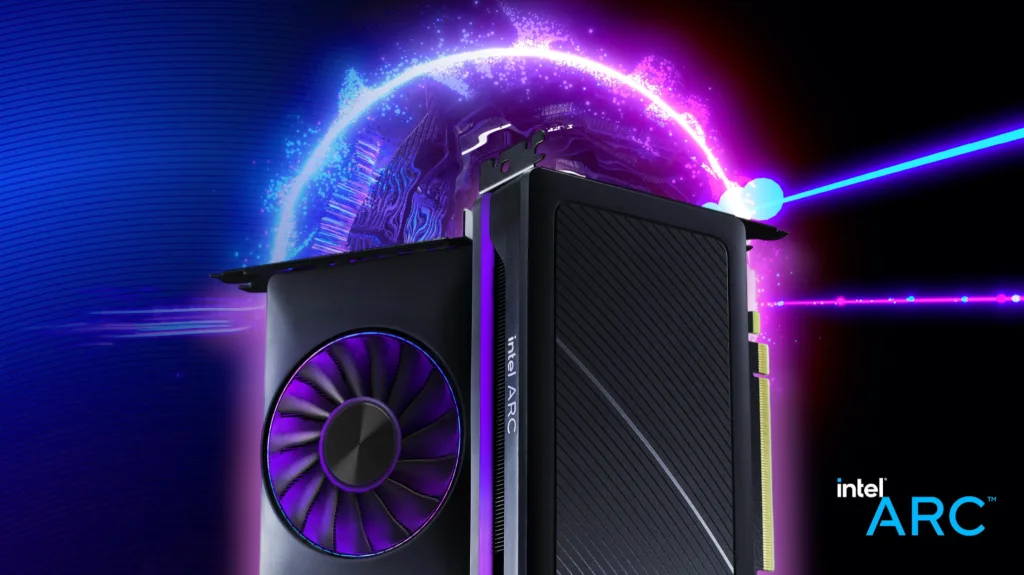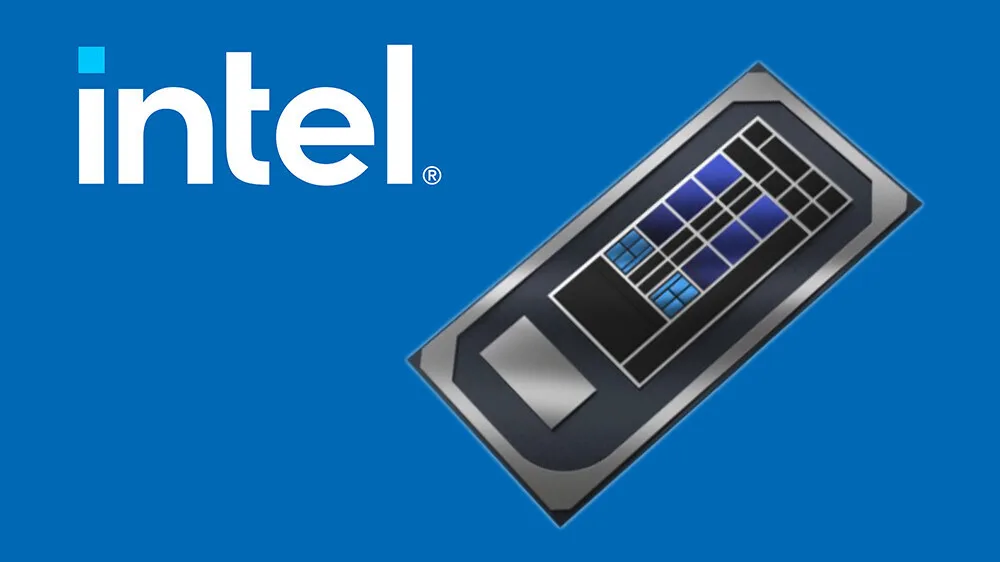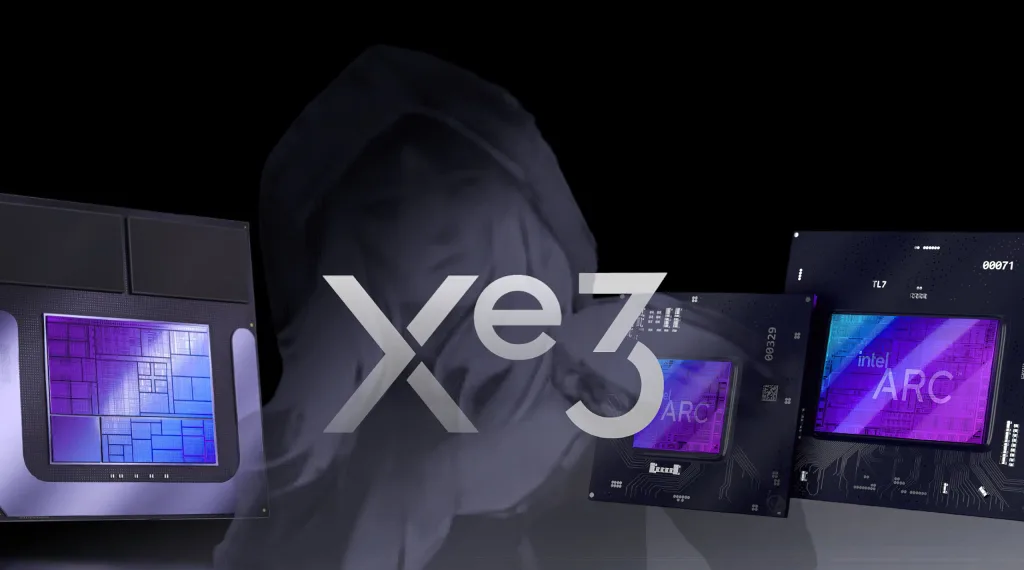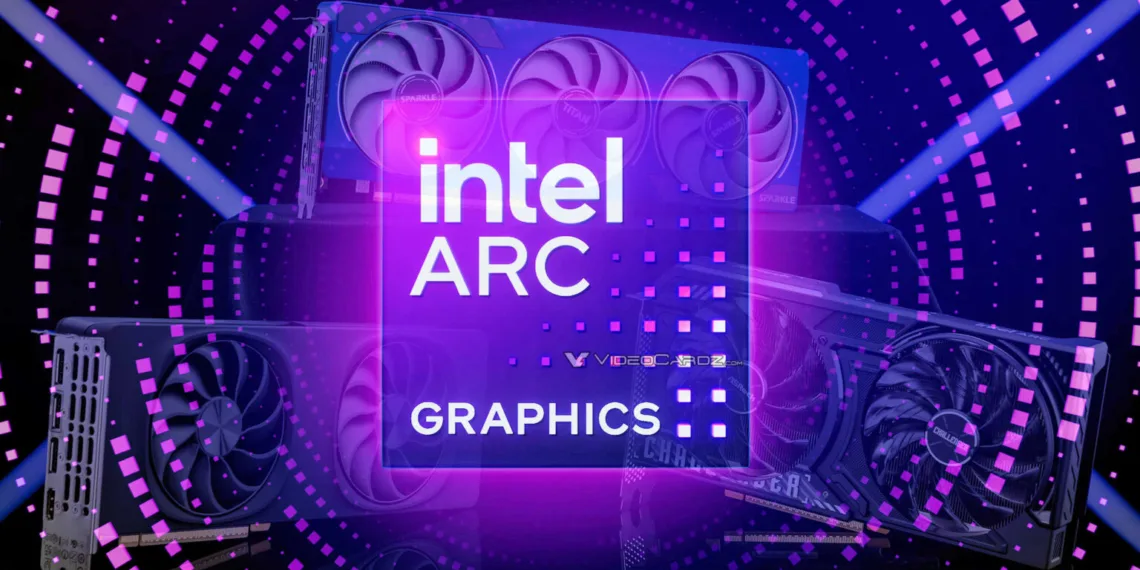Intel has always been a name synonymous with innovation in the world of computing. From processors that power the world’s fastest computers to integrated graphics solutions for everyday users, Intel has consistently pushed boundaries. Now, the tech world is abuzz with rumors about a significant shift in Intel’s GPU architecture—Xe3P.
According to a reliable leak from Raichu, a well-known source for insider tech news, Intel’s next-generation Arc GPUs, particularly the Celestial dGPU, might be based on the Xe3P architecture rather than the previously anticipated Xe3. This revelation, coupled with other hints found on LinkedIn profiles of Intel engineers, suggests that Intel is quietly preparing for a major architectural shift.
But what does Xe3P mean for Intel, gamers, content creators, and professionals relying on GPU power? Let’s dive deep into the details of this potential game-changer.
Table of Contents
1. Understanding the Xe3P Architecture
To appreciate the significance of Xe3P, it’s essential to understand what it represents and how it fits into Intel’s broader GPU roadmap.
1.1 What is Xe3P?
Xe3P appears to be an enhanced version of the Xe3 architecture, part of Intel’s Arc GPU family. While Intel has not officially confirmed its existence, multiple sources, including LinkedIn profiles of Intel engineers, mention Xe3, Xe3+, and Xe3P as parallel developments.
Unlike the Arc Alchemist and Arc Battlemage GPUs, which were manufactured by TSMC, Xe3P is expected to be produced entirely in Intel’s own fabs. This shift to in-house production could give Intel tighter control over quality, supply chain, and innovation cycles.
In essence, Xe3P could be Intel’s way of breaking free from external dependencies while refining its GPU technology.
1.2 How is Xe3P Different from Xe3?
While technical details remain speculative, here’s what industry insiders believe distinguishes Xe3P from its predecessor:
- Process Node: Xe3P might leverage a more advanced process node, possibly Intel 4 or Intel 3, for better efficiency and performance.
- Internal Fabrication: Unlike Xe3, which relied on TSMC’s foundries, Xe3P could be manufactured within Intel’s facilities.
- Performance Boost: With potential architectural refinements, Xe3P might offer higher clock speeds, better ray tracing, and enhanced AI performance.
- Power Efficiency: Improved node technology often translates to better power efficiency, reducing heat and battery drain in laptops.
- Memory and Bandwidth: There’s speculation that Xe3P might support faster memory standards, such as GDDR7, for increased bandwidth.
If these expectations hold true, Xe3P could elevate Intel’s position in the competitive GPU market, challenging NVIDIA and AMD more effectively.

2. The Journey from Arc Alchemist to Celestial: A Quick Recap
Intel’s Arc GPU series follows a clear roadmap:
- Arc Alchemist (Gen 1): Launched in 2022, these GPUs targeted mainstream gamers and creators. While performance was competitive, driver issues initially plagued the user experience.
- Arc Battlemage (Gen 2): Released in early 2025, Battlemage GPUs, including the high-end BGM-G31, addressed many of Alchemist’s shortcomings. Improved ray tracing, AI-driven upscaling, and better power efficiency made Battlemage a compelling choice.
- Arc Celestial (Gen 3): Expected in late 2025 or early 2026, Celestial GPUs are rumored to introduce the Xe3P architecture, potentially marking Intel’s full transition to in-house manufacturing.
- Arc Druid (Gen 4): This future generation remains largely speculative, but it’s expected to build upon Xe3P innovations.
Xe3P seems poised to debut with Arc Celestial, making it a crucial turning point in Intel’s GPU journey.
3. Why In-House Manufacturing Matters for Xe3P
One of the most significant revelations from Raichu’s leak is that Xe3P might be fabricated entirely within Intel’s own fabs. This marks a departure from Intel’s previous reliance on TSMC, which manufactured both Arc Alchemist and Arc Battlemage GPUs.
3.1 Benefits of In-House Production
Bringing GPU manufacturing under its roof offers Intel several advantages:
- Supply Chain Control: By bypassing external foundries, Intel gains greater control over production timelines, reducing the risk of delays.
- Cost Efficiency: In-house manufacturing often lowers production costs, allowing Intel to price its GPUs more competitively.
- Quality Assurance: Direct oversight ensures tighter quality control, leading to more reliable products.
- Innovation Speed: Intel can iterate faster, incorporating new advancements without waiting for external schedules.
- Geopolitical Stability: Amid ongoing chip shortages and geopolitical tensions, self-reliance enhances supply chain resilience.
3.2 Challenges of In-House Production
However, this transition isn’t without challenges:
- Capacity Constraints: Intel’s fabs primarily focus on CPUs, so allocating space for GPUs could strain resources.
- Yield Rates: New architectures often face lower initial yield rates, impacting availability.
- Cost of Transition: While long-term savings are likely, the initial investment in GPU production lines can be substantial.
Despite these challenges, Intel seems confident that the benefits outweigh the risks, positioning Xe3P as a cornerstone of its GPU strategy.
4. Performance Expectations: Can Xe3P Compete with NVIDIA and AMD?
While official benchmarks are yet to surface, leaks and expert analyses suggest that Xe3P could be a strong competitor in the high-performance GPU market.
4.1 Gaming Performance
For gamers, Xe3P might deliver:
- Higher Frame Rates: Improved clock speeds and core efficiency could result in smoother gameplay at 1440p and 4K resolutions.
- Enhanced Ray Tracing: Intel’s advancements in XMX cores and ray tracing units could rival NVIDIA’s RTX 4000 series and AMD’s RDNA 4 GPUs.
- AI-Powered Upscaling: Building upon XeSS (Intel’s answer to DLSS and FSR), Xe3P could offer superior image reconstruction without performance loss.
- Lower Power Consumption: Efficient architecture means less heat, quieter fans, and better battery life for gaming laptops.
4.2 Professional Workloads
For creators and professionals, Xe3P might shine in:
- 3D Rendering: Faster cores and improved memory bandwidth could accelerate Blender, Maya, and other rendering software.
- Video Editing: Real-time encoding and decoding of 8K video might become smoother.
- AI Workloads: Improved matrix acceleration could benefit machine learning and data science applications.
- Multi-Monitor Setups: Support for higher refresh rates and more displays enhances productivity.
4.3 Thermal and Power Efficiency
With Intel 4 or Intel 3 nodes, Xe3P could deliver better performance per watt, making it ideal for both desktops and laptops.

5. Market Impact: How Will Xe3P Reshape the GPU Landscape?
The introduction of Xe3P could significantly impact the GPU market, challenging both NVIDIA and AMD.
5.1 Competitive Pricing
By cutting manufacturing costs, Intel could price Xe3P GPUs aggressively, offering RTX 4070-level performance at RTX 4060 prices.
5.2 Stronger AI Capabilities
As AI-driven workloads grow, Xe3P’s XMX cores could position Intel as a leader in AI-accelerated computing, from content creation to scientific simulations.
5.3 Enterprise Adoption
If Xe3P delivers on performance and efficiency, cloud providers, data centers, and enterprise users might adopt Intel GPUs alongside their CPUs, increasing market share.
6. Challenges and Uncertainties: What Could Go Wrong?
While Xe3P sounds promising, Intel faces several hurdles:
- Driver Stability: Intel’s Arc Alchemist launch was marred by driver issues, undermining otherwise solid hardware. Xe3P must avoid a repeat.
- Production Delays: Transitioning to in-house manufacturing could lead to supply constraints and launch delays.
- Software Optimization: Game developers and content creators often prioritize NVIDIA and AMD optimizations. Intel must ensure Xe3P is well-supported.
- Market Perception: Intel remains a relatively new player in the discrete GPU space. Convincing users to switch will require strong marketing and reliable performance.
7. Xe3P Release Date and Availability: What to Expect
While Intel has not officially announced the Xe3P release date, industry insiders speculate a late 2025 launch, alongside the Arc Celestial GPU family.
7.1 Expected Product Lineup
Intel might follow its traditional Good, Better, Best strategy:
- Entry-Level: Xe3P Arc Celestial 300 – Ideal for budget gamers and casual creators.
- Mid-Range: Xe3P Arc Celestial 500 – Balanced performance for 1440p gaming and content creation.
- High-End: Xe3P Arc Celestial 700 – Flagship GPUs targeting enthusiasts and professionals.
7.2 Pricing Predictions
Based on current trends, pricing might look like this:
- Entry-Level: $200–$300
- Mid-Range: $400–$600
- High-End: $700–$1,000
If Intel undercuts NVIDIA and AMD while delivering comparable performance, Xe3P could be a market disruptor.

8. Final Thoughts: Is Xe3P the Future of Intel GPUs?
The Intel Xe3P architecture represents more than just another GPU generation—it’s a strategic shift toward self-reliance, innovation, and competitive performance.
With in-house manufacturing, improved efficiency, and potential pricing advantages, Xe3P could position Intel as a serious contender in the discrete GPU market.
However, success hinges on driver stability, software optimization, and timely production. If Intel delivers, Xe3P might not just compete with NVIDIA and AMD—it could lead the next wave of GPU innovation.
9. Conclusion: Should You Wait for Xe3P?
If you’re considering a GPU upgrade in the next 12 to 18 months, it might be worth waiting for Intel Xe3P.
With promised performance gains, in-house production, and potentially competitive pricing, Xe3P could reshape the GPU landscape. However, if you need a GPU immediately, Arc Battlemage, NVIDIA RTX 4000, or AMD RDNA 4 GPUs remain excellent choices.
Ultimately, Intel Xe3P represents a bold step forward—one that could redefine how we perceive Intel not just as a CPU giant, but as a GPU powerhouse.








